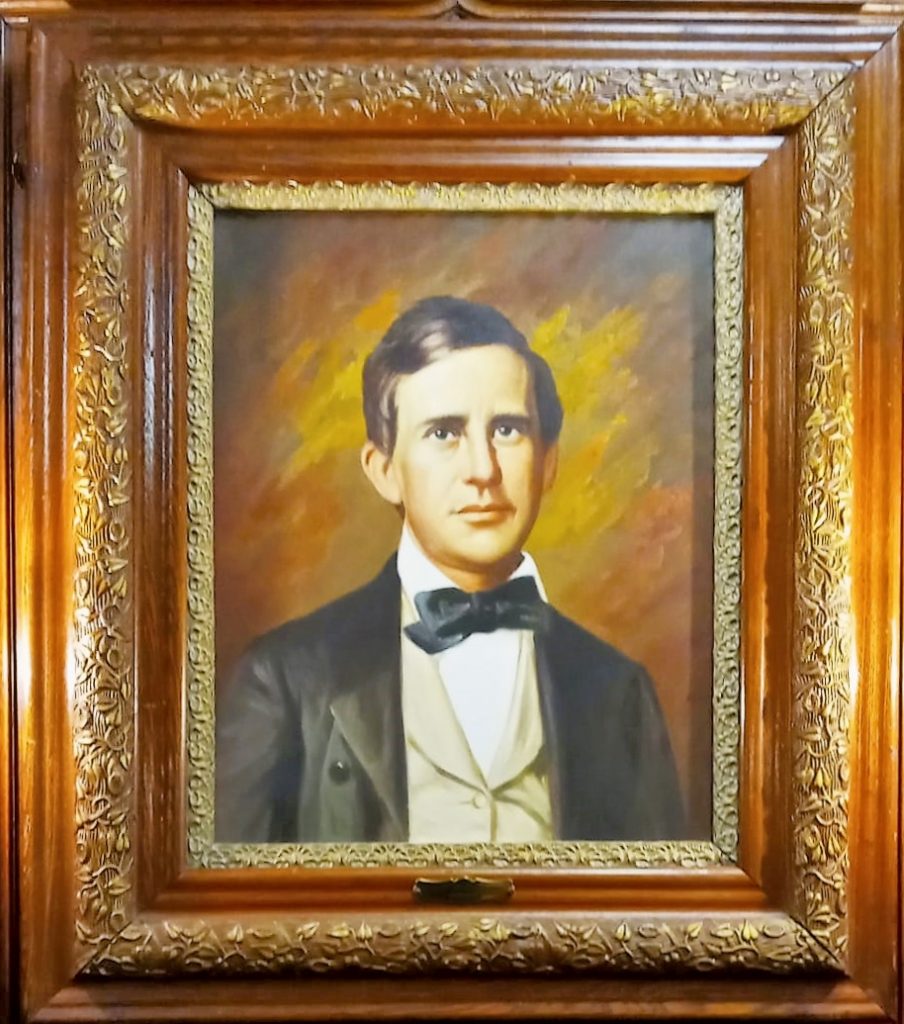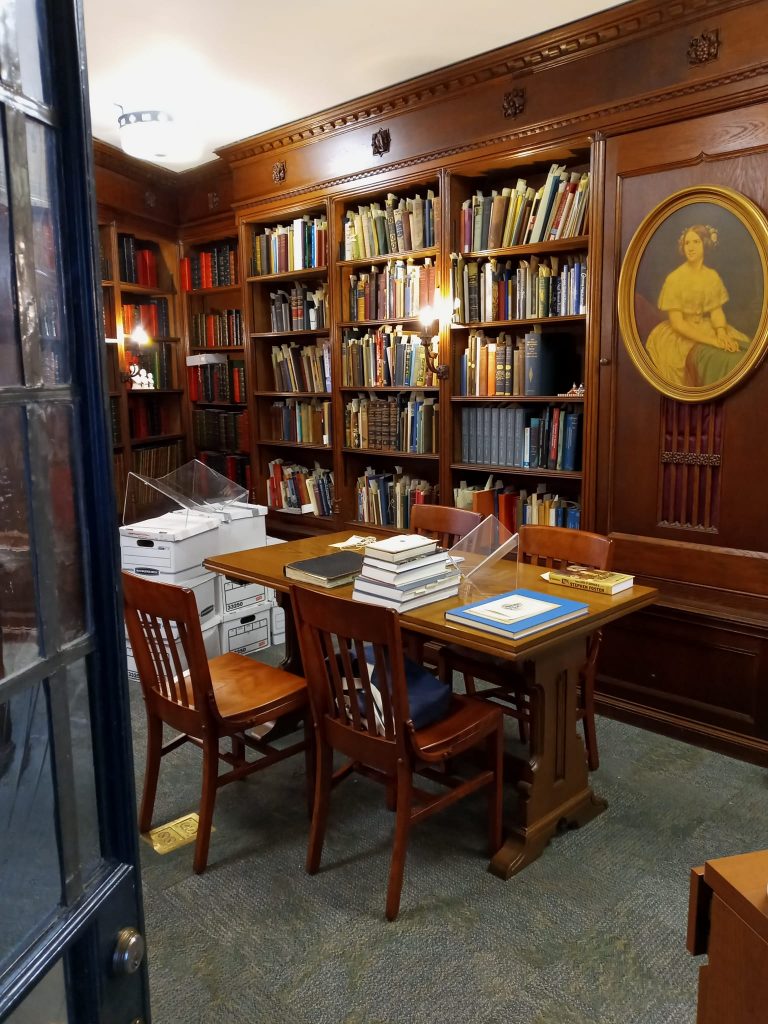This is part of an ongoing series of posts about the work of students in BGSU in public history. Joshua Dubbert is a graduate student in the M.A. in history. He studies 19th-century America, Victorian Culture, and the composer Stephen Foster. To learn more about our history programs, visit bgsu.edu/history.

I recently visited the Stephen Foster Memorial Museum in Pittsburgh, PA to do research for my Public History Capstone project, entitled Stephen Foster, at Home in the 19th Century. The project deals with 19th-century composer Stephen Collins Foster, author of some of the most famous songs in American history including “Oh! Susanna,” and “Camptown Races.” It will be available through an Omeka site that will be linked permanently on the University of Pittsburgh’s Center for American Music website. The central contribution of the project will be a synthesis of the conceptual and physical aspects of home relating to Foster, anchored in the early to mid-Victorian era. It will be the first study to examine Foster solely in relation to the Victorian idea of “home.”

When I first visited the museum in 2018, I never thought that I would be returning in 2021 as a graduate student preparing for my Public History Capstone on Foster’s life and work. I am fortunate to have the opportunity to work with both Kathy Miller Haines, the head of the Center for American Music at the University of Pittsburgh, and Dr. Christopher Lynch, a musicologist at the university on my project because they are fluent in Foster’s story and his music. During my recent visit I was able to discuss in the historiographical arc of Foster studies during the 157 years since his death and came to better contextualize Foster’s songs and political ambiguities within the zeitgeist of the 19th century. I was also able to peruse and photograph several articles and books—many of which are out of print, unable to be obtained through libraries, or are incredibly expensive to purchase—not to mention examine first-hand (and hold!) some of Foster’s possessions, including his prayer book, dictionary, and ledger book. I even had the opportunity to listen to some of Foster’s songs played on an organ grinder and steel disc music box (both hand-cranked).

Foster was born and grew up in Pittsburgh. He is also buried there. A trip to Allegheny Cemetery to visit his grave is always on the list of things to do when I’m in town. The cemetery is filled with historic grave monument architecture and is in itself a primary source. I also had the chance to drive by the site where Foster was born—now home to a historic marker which offers a summary of Foster’s life and work. Having the ability to comprehensively research documents, objects, and the places related to Foster, as well as discuss the trends in scholarship related to him, was invaluable and has provided a strong foundation for my Capstone project.
